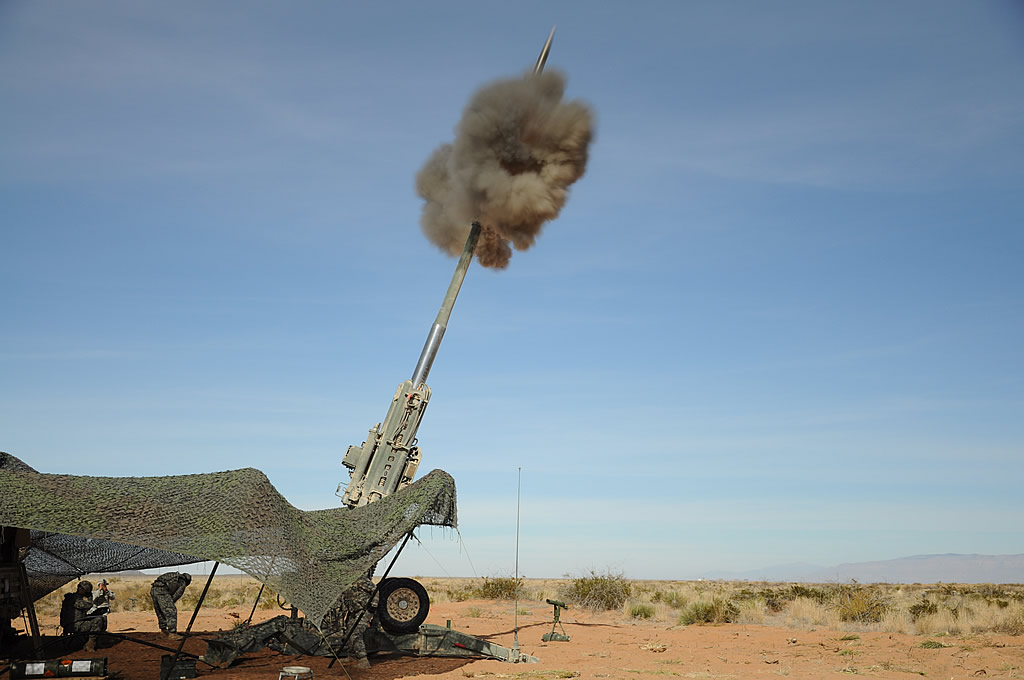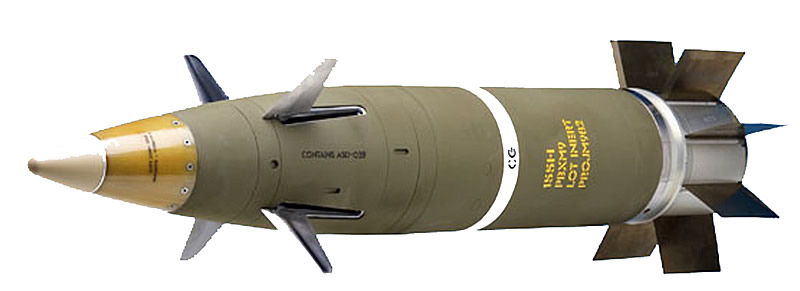US buys over 700 Excalibur 1b shells
June 27/14:Raytheon Company in Tucson, AZ receives a $51.8 million firm-fixed-price contract modification to acquire a total of 757 projectiles under Option #5 of the US Army’s Excalibur 155mm increment lb production contract. This brings total Option #5 orders to 853 shells (q.v. Dec 16/13) All funds are committed immediately, mostly using FY 2014 budgets.
Unlike ATK’s
screw-in PGKnose, the
M982 Excaliburis delivered as a complete 155mm artillery shell, with GPS guidance and pop-out fins. Its arrival on the battlefield made artillery relevant again in counter-insurgency scenarios, while offering lethal counter-battery fire in high-end scenarios.
Excalibur’s integrated design makes it more expensive than screw-in fuze/guidance options like PGK, but it’s also more accurate. As electronics, GPS, and hence screw-in systems improve, Raytheon needs to stay ahead. The Excalibur Ib has improved accuracy and cost, but next steps involve new guidance systems that would dramatically expand Excalibur’s capabilities and market.
The Excalibur System
Excalibur is an International Cooperative Development program involving the USA and Sweden, on account of their interest for their Archer artillery program. Canada and Australia have also reportedly purchased the shells, for use in their M777 towed 155mm howitzers. Excalibur Block I shells are standard high-explosives, while Blocks II & III will add and refine additional guidance.
Excalibur Increment Ia-1.Initially fielded to units in Iraq and Afghanistan as an Urgent Operational Request.
Increment Ia-2.Fielded in early FY 2012 and greatly increases range from 25.2 kilometers to 40.5 kilometers. The Excalibur guided projectile program is using an incremental development approach to provide a combat capability to the Soldier as quickly as possible while delivering advanced capabilities at lower costs. Excalibur Increment Ib will provide further performance improvements while significantly lowering unit costs. Increment Ib completed a successful Milestone C Decision Review on December 12, 2012. The first Low Rate Initial Production (LRIP) contract was awarded on December 21, 2012, second LRIP option was awarded August 26, 2013 and third LRIP option was awarded December 16, 2013.
The most recent operational version is the Excalibur Block Ia-2 (
M982). It adds base bleed technology and maximum charge compatibility, in order to increase range from 25.3 to 40.5 km (14.3 to 25.9 statute miles) when fired from U.S. howitzers or Denel’s G6. Excalibur Ia-2 received its type classification in 2010, and was fielded in fall 2011. Some tests have seen 100% of shots land within 5m, instead of the advertised 50% within 10m. The longest combat shot to date appears to be 36 km/ 22.4 miles.
Increment Ib.The M982E1 aims for the same performance with fewer parts, in order to reduce the shells’ cost and improve the initial shell’s
existing 10%unreliability rate. Its Based on orders to date, it’s succeeding on the cost front, as it costs less than half what earlier model Excalibur shells used
to cost several years ago – about $70,000 per round, instead of $150,000.
Tests also show accuracy improvements, with IOT&E tests as close as 2m CEP. That compares to 20-25m for ATK’s PGK, which makes a big difference in combat.
Block II (Excalibur -S/-N5).Further R&D is underway to add a robust semi-active laser guidance system, creating an Excalibur-S laser/GPS guided shell that can hit targets designated by forward troops UAVs, etc. The dual-mode guidance may also be available as an upgrade.
This combination will have even greater naval potential as the Excalibur N5, which could be fired at moving naval and land targets. Its casing would make the N5 mechanically compatible with the 127mm/ 5″ naval guns that equip all American destroyers and cruisers, and many foreign warships besides, but full compatibility and effectiveness will generally require some form of combat system integration. Read “New Frontiers for Raytheon’s Excalibur GPS Guided Shells” (q.v. Additional Readings) for more.
GPS-Guided Shells: The New Excaliburs









 )
)












